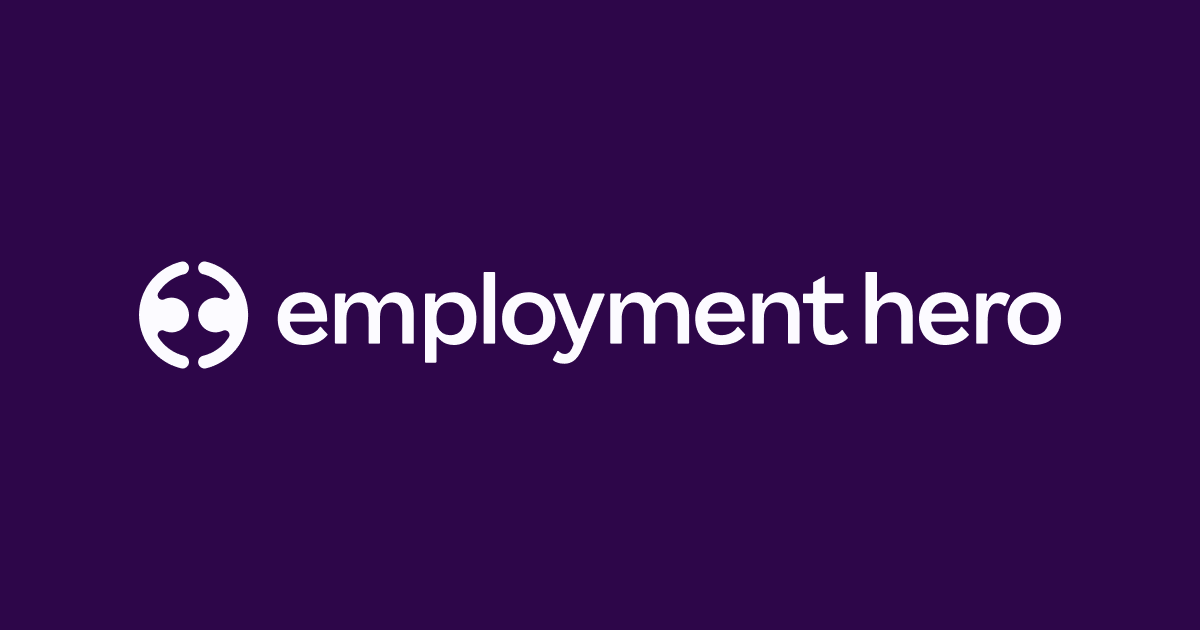Running a small business shouldn’t feel like a battle against paperwork. Yet for many SMEs, managing finances, handling invoices, and dealing with tax reporting still consume hours every week.
And these frictions aren’t minor irritations—they directly delay cash flow, limit growth, and drain resources.
The message from our experts is clear: the system isn’t working, and e-invoicing is the most effective way to fix it. That’s what we look at in this article.
Here’s what we cover:
What e-invoicing actually is (and why it’s different from PDFs)
As of 2025, Sage’s global research—Unlocking growth: Frictionless trade for SMEs powered by e-invoicing and AI—shows the following:
- 37% of UK invoices are paid late.
- 65% of US SMEs experience significant friction getting paid.
- UK SMEs spend £15.4bn per year on tax admin.
- EU SMEs spend €204bn annually on compliance.
These challenges often force otherwise healthy businesses to take out loans just to cover payroll or keep operations moving.
International trade creates even more pressure. A single trading process can require up to 36 documents and 240 copies, slowing exports and adding unnecessary cost.
E-invoicing is the solution.
It’s legally defined as the transmission and storage of invoices in an electronic format without duplicate paper documents, using either a structured format such as XML or an unstructured format like PDF. But this can sound more complex than it is.
Put simply, e-invoicing is the digital exchange of invoice data. It’s not just emailing a PDF. It’s a fully digital, machine-readable invoice format that software can interpret and process instantly, enabling faster, more accurate, and automated financial workflows.
How e-invoicing solves your everyday business problems
As explained in the video above, e-invoicing solves key problems by:
- Creating invoices in a structured electronic format, not PDFs.
- Using a common dictionary so every field is universally understood.
- Applying a verified digital identity to confirm who sends and receives each invoice.
This means your system, your customer’s system, your accountant, and your bank can all read the same data automatically. There’s no manual entry, no guessing, no re-keying, and no errors.
It’s simple, secure, and removes the layers of human and AI effort currently needed to interpret a PDF.
Open networks such as Peppol then allow invoices to travel securely between businesses, forming the foundation for safer, faster trade.
Why e-invoicing matters: Faster payments, fewer errors, lower risk
E-invoicing isn’t just a tech upgrade. It solves real, everyday problems for SMEs.
Here are the key advantages that make the biggest impact:
- Get paid faster: Businesses using e-invoicing typically get paid 5–7 days sooner, improving cash flow and reducing reliance on short-term credit.
- Reduce errors at the source: Today 53% of UK SMEs struggle to gather correct invoice data and 52% receive invoices containing errors. With e-invoicing, data is validated before it’s sent, cutting out common mistakes entirely.
- Lower fraud risk: 79% of SMEs received a fraudulent invoice in the past year. Verified digital identities significantly reduce the risk of fraudulent invoices by confirming the identity of the sender, though businesses should still maintain internal controls and checks.
- Cut time spent on tax and compliance: Structured invoice data can automatically pre-populate tax returns, reduce manual adjustments, boost accuracy, and support real-time reporting. This frees time and reduces costs while helping governments close tax gaps more efficiently.
Why e-invoice standards and mandates matter for SMEs
Here’s a frustration many SMEs share: Every customer wants you to invoice differently.
Different formats. Different portals. Different processes.
It’s confusing and inefficient. Common standards would solve this problem by ensuring everyone uses the same language and structure.
Sage’s research shows awareness is still low:
- Only 7–11% of UK leaders are familiar with e-invoicing.
- Just 3% of US leaders know about it.
However, support for mandates is also on the rise, with 42% of UK CEOs/COOs and 30% of SMEs supporting B2B e-invoicing mandates
The reason is simple: Businesses are tired of reinventing the wheel with every customer. They want clarity and consistency, not a new process for every customer.
Where AI fits in: Turning clean invoice data into smarter decisions
Once invoices are digital, all have the same structure, and can be verified before being sent, then AI can unlock new value that the current process simply can’t match.
I can:
- Detect unusual payment patterns
- Automate approvals and workflows
- Improve fraud detection
- Generate real-time financial insights
- Speed up cross-border trade by matching invoice data with customs requirements.
E-invoicing, combined with tools like Sage Copilot, puts these capabilities in the hands of small businesses without requiring advanced technical skills.
AI isn’t replacing people. It’s removing low-value admin work so owners and finance teams can focus on the things that matter to them.
At the same time, SMEs still remain responsible for accuracy and compliance with tax and reporting obligations, even when using e-invoicing or AI tools. AI supports the process, but accountability still rests with the business.
What needs to happen next for e-invoicing?
Real transformation will only happen if governments and SMEs take coordinated steps toward adoption.
Here’s what each group should prioritise next:
For governments
Governments play a crucial role in setting the foundations for widespread e-invoicing adoption.
Key actions include:
- Treating e-invoicing as essential digital infrastructure
- Rolling out phased B2B mandates
- Adopting a single, harmonised standard
- Embedding digital identity to prevent fraud
- Connecting e-invoicing with tax, customs, and procurement systems.
For SMEs
SMEs can prepare for future mandates and improve efficiency today by taking a few simple proactive steps.
These include:
- Prepare early rather than waiting for a mandate
- Lean on accountants: 86% recommend e-invoicing
- Get familiar with digital standards and tools.
Final thoughts: Small change, big impact
E-invoicing isn’t just about speeding up payments, it’s about building a smarter, more connected way of doing business. A way that frees up time, reduces stress, and gives small businesses access to tools and insights that once only big enterprises could afford.
What looks like a small shift actually delivers big impact: Reducing admin, accelerating payments, strengthening fraud prevention, and creating clean, consistent data that unlocks AI-powered insights.
It also paves the way for broader improvements across customs, tax, procurement, carbon tracking, and more.
And the potential is enormous, as widespread adoption across Europe could save SMEs €14 billion every year.
For small businesses already stretched thin, that’s a meaningful transformation, and one that makes growth feel not just possible, but achievable.
Frictionless trade report: Powered by e-invoicing and AI
Discover how e-invoicing and AI can remove friction, reduce admin, and unlock new growth opportunities for SMEs.
Download now
Agen Togel Terpercaya
Bandar Togel
Sabung Ayam Online
Berita Terkini
Artikel Terbaru
Berita Terbaru
Penerbangan
Berita Politik
Berita Politik
Software
Software Download
Download Aplikasi
Berita Terkini
News
Jasa PBN
Jasa Artikel
News
Breaking News
Berita




